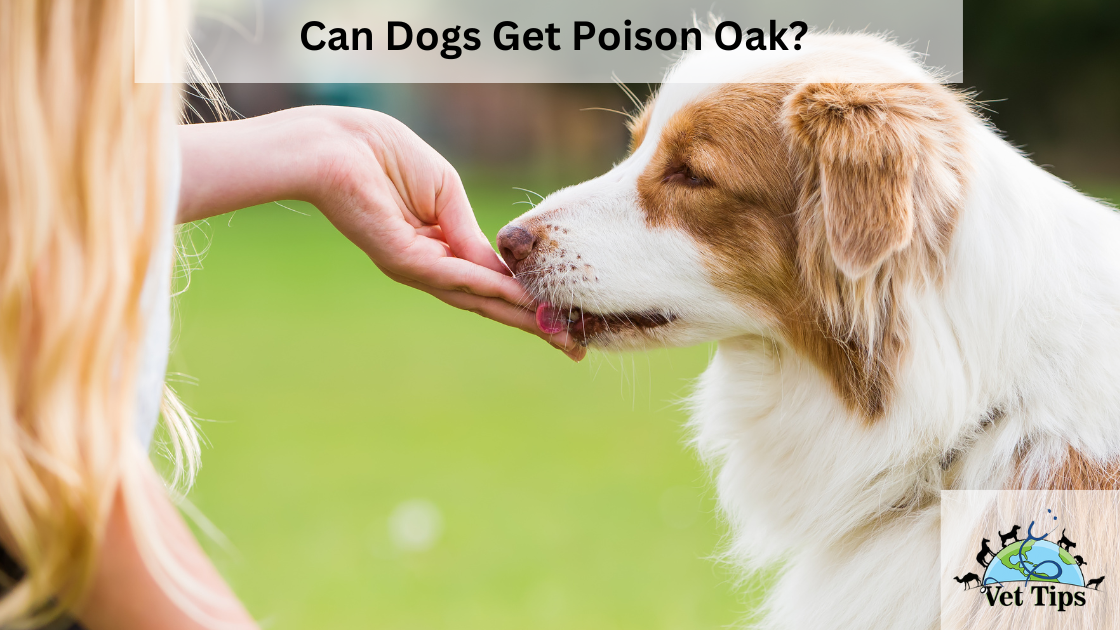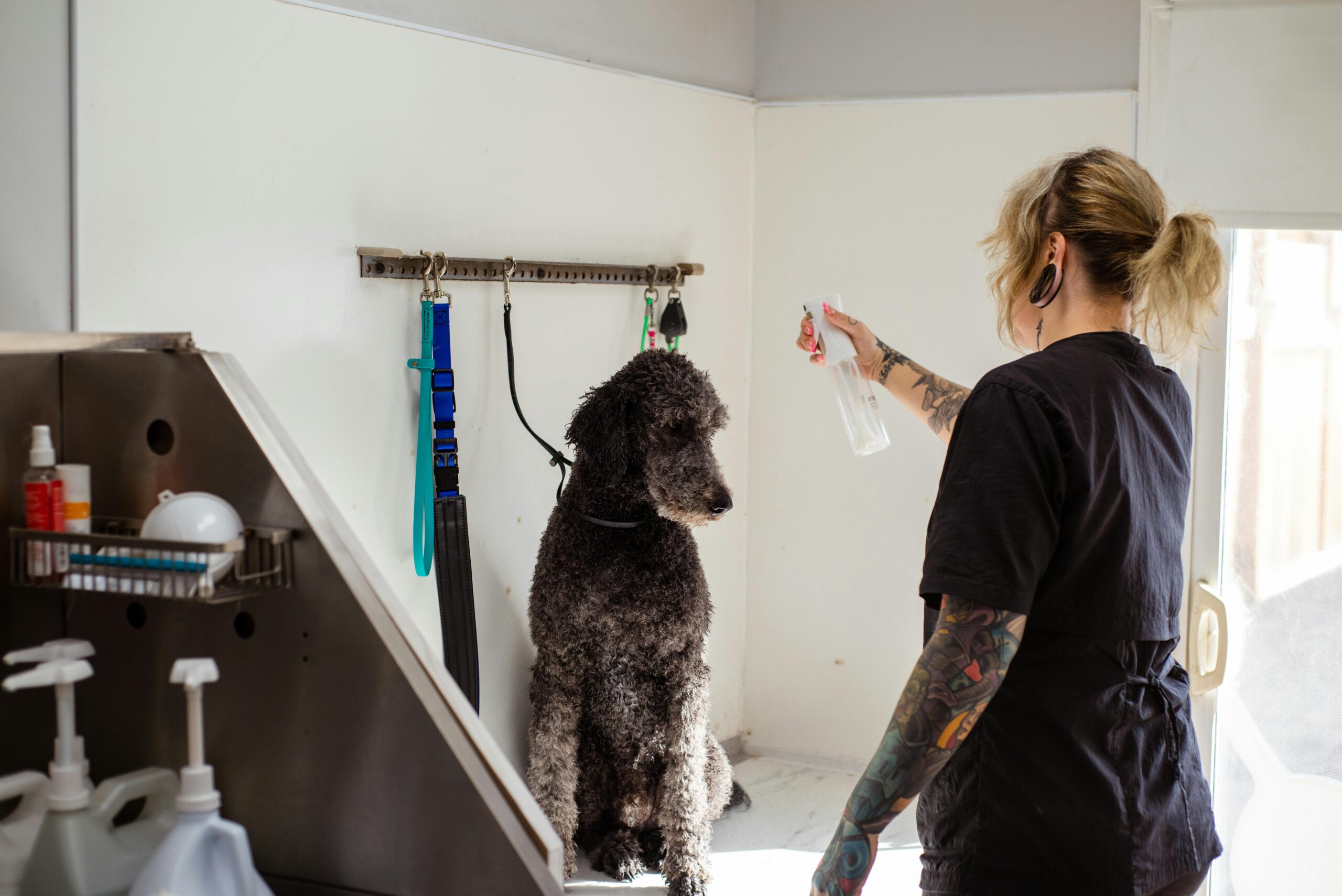Poison oak is a plant commonly found in North America, known for its three-leaf clusters and the ability to cause an allergic reaction in humans. But what about dogs? Can dogs get poison oak? Let’s explore this topic and understand how poison oak can affect our furry friends.
Is Poison Oak Harmful to Dogs?
Poison oak can actually harm dogs. Similar to humans, canines can develop an allergic reaction when exposed to the urushiol-containing plant oil. The presence of this oil in the leaves, stems, and roots of poison oak can cause a variety of symptoms in canines.
Symptoms of Poison Oak
Symptoms of poison oak in canines can vary, but the following are common indications of an allergic reaction:
· Skin Irritation and Itching
Poison oak exposure can cause intense scratching and skin irritations in dogs. They may itch, nibble, or bite the afflicted areas, causing redness, swelling, and possibly blisters or lesions.
· Rash and Redness
Dogs exposed to poison oak may develop a dermatitis characterized by redness, inflammation, and raised lumps on the skin. Depending on the extent of contact, the rash may be localized to specific areas or extend across the entire body.
· Hair Loss
Due to excessive scratching and irritation caused by poison oak, canines may experience hair loss in afflicted areas in extreme cases. This can leave the epidermis susceptible to secondary infections and additional pain.
Does My Dog Have a Skin Reaction to Poison Oak?
If you think your dog has come into touch with poison oak and is showing signs of an allergic reaction, it’s important to take the right steps to make them feel better. Here are your options:
· Rinse the Affected Areas
Rinse your dog’s epidermis with lukewarm water to eradicate traces of the poison oak’s urushiol oil. Avoid using scalding water, as it can exacerbate skin irritation.
· Seek the Advice of a Veterinarian
Consult a veterinarian if your dog is experiencing extreme pain or severe symptoms. They can propose topical lotions, ointments, therapies, or other interventions based on your dog’s condition.
How to Get Rid of Poison Oak?
To prevent further exposure and ensure your dog’s and your own safety, removing poison oak from your environs is necessary. Here are some possible actions:
· Identify and Remove Poison Oak
Learn to identify poison oak and eradicate it from your yard and other dog-frequented areas. Avoid direct contact with the plant by taking precautions, such as donning protective garments and mittens.
· Clean Your Dog’s Stuff and Home
The dog’s furnishings, toys, harnesses, and any other items that may have come in contact with poison oak must be washed. Reduce the likelihood of recontamination by thoroughly cleaning these items with tepid water and a pet-safe detergent.
Can Dogs Transfer Poison Oak to Humans?
Although canines can contract poison oak, they do not typically transmit the plant’s urushiol oil to humans through direct contact. However, indirect transmission is conceivable if the oil persists on the dog’s fur or paws and is transmitted to an allergen-sensitive individual.
How Is Poison Oak Different in Dogs and Humans?
Dogs and humans react similarly to poison oak, experiencing allergic reactions and skin irritation. Nevertheless, canines may be less susceptible to severe symptoms than humans. Additionally, they may have a higher tolerance for urushiol, resulting in milder reactions or a delay in the onset of symptoms.
What If My Dog Eats Poison Oak?
If your dog consumes toxic oak, he may experience vomiting and diarrhea. In such situations, it is essential to closely monitor your companion and seek veterinary advice. They can appraise the situation and provide pertinent advice based on your companion’s condition.

How to Protect Your Dog Against Poison Oak?
Here are some steps you can take to make sure your dog is safe and to avoid allergic responses from poison oak:
Avoidance
The best way to keep your dog safe is to keep him or her away from poison oak. Learn what the plant looks like and keep your dog away from the places where it grows. Stay on tracks when climbing or walking in wooded areas to avoid disturbing wildlife.
Handle the Leash
Keep your dog on a leash when you go for walks or hikes so you can keep them under control and stop them from going where there might be poison oak. This will make it less likely that someone will come into close contact with them and have an allergic response.
Protective Clothing
If you’re going to be in an area with poison oak, you might want to cover your dog with something like a doggie shirt or a light dog jacket. This can make a physical buffer between your dog’s skin and the oil from the plant, making it less likely that your dog will have a response.
Paw Care
Check your dog’s paws and between their toes for poison oak after outdoor adventures. Use pet-safe wipes or a wet cloth to clean their hands of anything that could make them sick. This will keep them from getting oil on other parts of their body or in your home by accident.
Prompt Bathing
If you think your dog has touched poison oak, give them a bath right away with a soft, hypoallergenic dog shampoo. Focus on giving their fur and face a good rinse to get rid of any urushiol oil that might be there. Be sure to follow your vet’s rules and suggestions for cleaning your pet.
Are Some Breeds More Prone to Having These Allergic Reactions Than Others?
When it comes to allergic reactions to poison oak, there is no breed predisposition. The oil from the plant, called urushiol, can cause an allergy response in any kind of dog. But some dogs may be less sensitive to the allergy than others, and some dogs may be able to handle it better or have less severe responses.
Although breed may not matter, a dog’s health, immune system, and poison oak exposure might affect their reaction. All canines should be safeguarded from poison oak and allergic responses.
FAQs
Can Dogs Get a Rash from Poison Oak?
Yes, if a dog touches the urushiol oil on poison oak, it can cause a rash. On the epidermis, the rash may cause redness, inflammation, and irritation.
Can My Dog Develop an Allergy to Poison Oak?
Yes, poison oak can cause an allergic reaction in canines. Their immune system may react to the urushiol oil in the plant, causing symptoms such as stinging, erythema, and skin irritation.
What Should I Do If My Dog Comes into Contact with Poison Oak?
If your dog touches poison oak, wash its skin with cold water and call a vet if the symptoms don’t go away or get worse. Avoid using human or over-the-counter medications without a veterinarian’s approval.
How Long Does It Take for Poison Oak Symptoms to Appear in Dogs?
Dogs can get poison oak in different ways. Symptoms may appear anywhere between a few hours and several days after exposure. If you suspect that your dog has been exposed to toxic oak, keep a close eye on them.
Tell us in the comments, how you like our article “Can Dogs Get Poison Oak?”
For similar posts like this, click here.
For the source file, click here.








